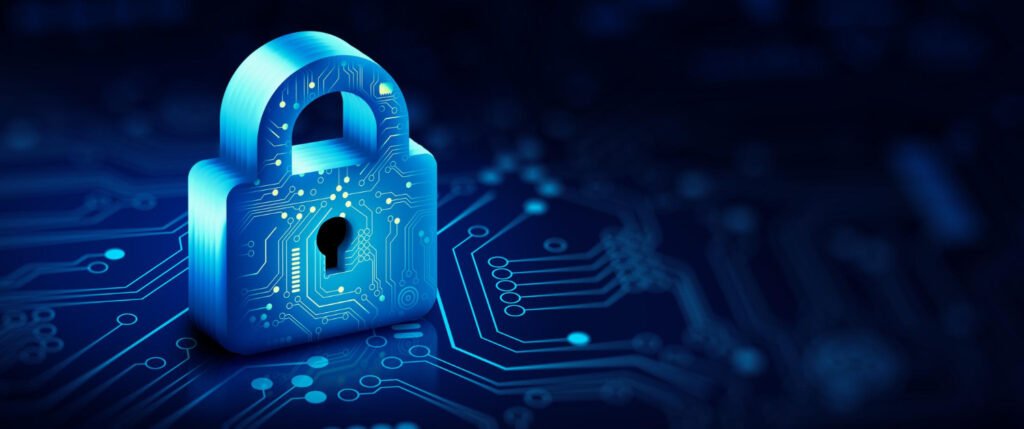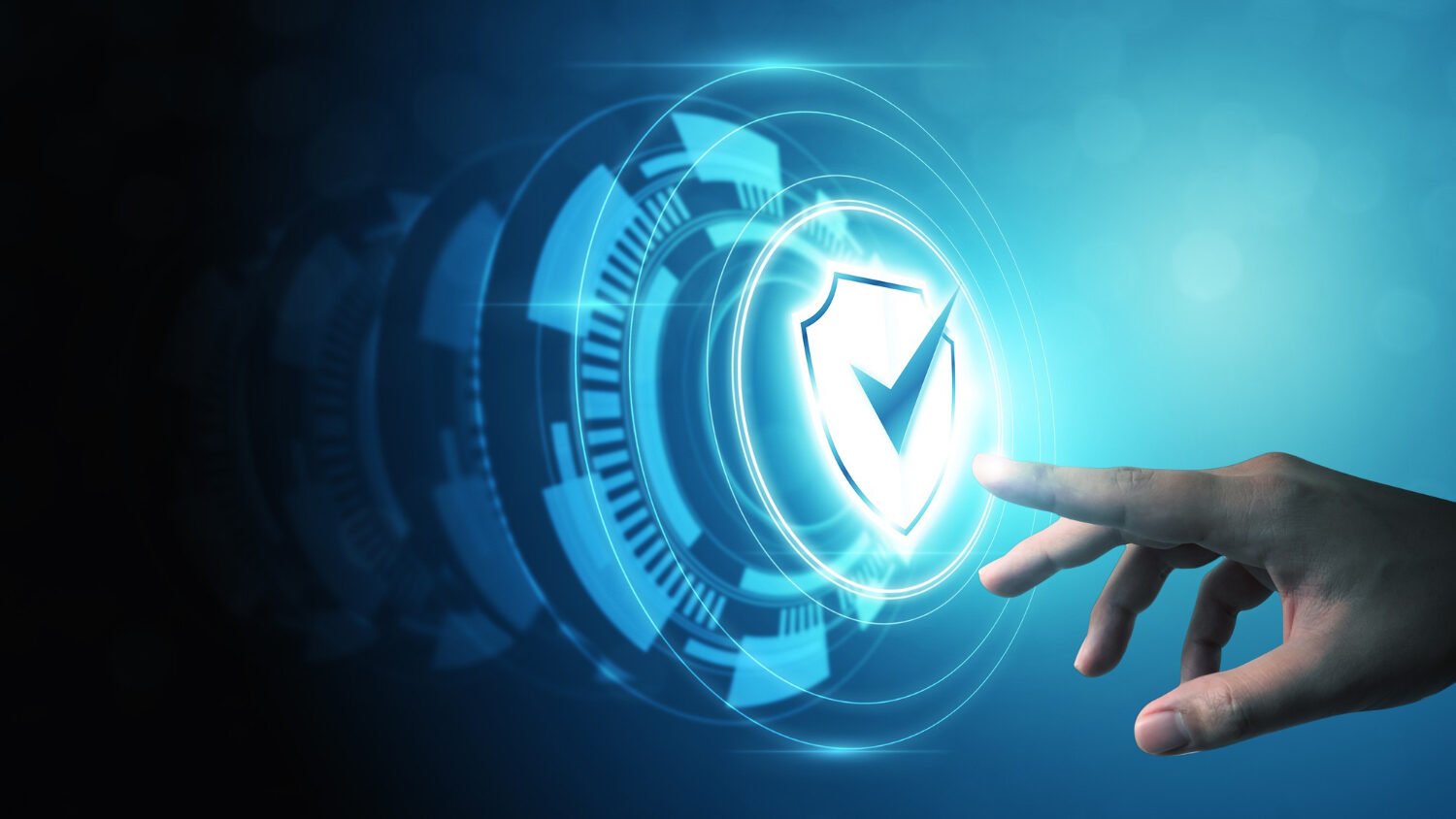In the fast-paced digital era, businesses rely heavily on Software as a Service (SAAS) solutions to streamline operations and boost productivity. However, the convenience of these cloud-based applications comes with its own set of concerns, primarily centered around security. Today, we embark on a journey to explore the intricate world of SAAS security protocols, unraveling the layers that safeguard our valuable data.
Understanding the SAAS Landscape
Before diving into security protocols, let’s establish a basic understanding of SAAS. In essence, SAAS refers to software hosted in the cloud that users access via the internet. Examples range from project management tools to customer relationship management systems. The appeal lies in accessibility, cost-effectiveness, and seamless updates.

Why Security Matters
Imagine your business data as a treasure chest, and SAAS applications as the guardians of this precious trove. Ensuring the security of this chest is paramount. SAAS security protocols serve as the digital gatekeepers, fortifying the walls around your data against potential threats like unauthorized access, data breaches, and cyber-attacks.

The Pillars of SAAS Security
Authentication
Consider authentication as the initial checkpoint. Similar to a bouncer at a club ensuring only authorized individuals gain entry, SAAS applications demand proof of identity. This typically involves a combination of usernames, passwords, and multi-factor authentication to guarantee access only to the right people.

Authorization
Once past the gate, users encounter the second line of defense – authorization. This ensures that individuals only access the areas and functionalities relevant to their roles. It’s like handing a specific key to each person, allowing them access only to the rooms they need.

Data Encryption
Imagine your data as a secret message. Encryption transforms it into a code that only those with the right decryption key can understand. SAAS applications use robust encryption algorithms to secure data during transmission and storage, making it nearly impossible for prying eyes to decipher.

Regular Audits and Updates
Security isn’t a one-time job; it’s an ongoing process. SAAS providers conduct regular audits to identify vulnerabilities and apply necessary updates. This ensures that the security protocols evolve in tandem with emerging threats, making it harder for potential breaches to occur.

Choosing a SAAS Provider with Strong Security Protocols
Not all SAAS providers are created equal when it comes to security. When selecting a service, look for those that prioritize and invest in robust security protocols. Reading reviews, checking certifications, and understanding their approach to data protection can guide you toward a provider that takes your data security as seriously as you do.

Conclusion
In the ever-expanding digital landscape, where data is both the crown jewel and the target, understanding and prioritizing SAAS security protocols is non-negotiable. By comprehending the layers of protection provided by authentication, authorization, encryption, and regular updates, businesses can confidently embrace the efficiency of SAAS without compromising on security.
As we navigate the security landscape, it’s crucial to recognize that the strength of our data security relies on the protocols we establish. Within the realm of SAAS, these protocols serve as vigilant guardians, standing ready to protect our digital treasures from the ever-looming threats of the cyber world.

website
www.pantheondigitals.com
What are SAAS security protocols, and why are they crucial for businesses?
SAAS security protocols are measures implemented by software as a service provider to safeguard user data. These protocols are essential for businesses to protect against unauthorized access, data breaches, and cyber threats, ensuring the integrity and confidentiality of sensitive information.
How does authentication play a role in SAAS security, and why is it important?
Authentication is the process of verifying user identities. In SAAS, it acts as the initial checkpoint, requiring usernames, passwords, and sometimes multi-factor authentication. This step is vital for ensuring that only authorized individuals have access, thereby enhancing overall security.
What is the significance of data encryption in SAAS security?
Data encryption in SAAS involves converting sensitive information into a coded format, making it unreadable without the appropriate decryption key. This process ensures the confidentiality and security of data during transmission and storage, mitigating the risk of unauthorized access.
How do SAAS providers handle authorization, and why is it a key security measure?
In SAAS, authorization involves granting specific access rights based on user roles. Consequently, this ensures that individuals only access the areas and functionalities relevant to their responsibilities. This, in turn, limits the potential impact of security breaches and maintains a secure operational environment.
Why is regular auditing and updates crucial for SAAS security protocols?
Security is an ongoing concern; consequently, SAAS providers conduct regular audits to identify vulnerabilities. Additionally, regular updates to security protocols ensure that the software evolves to counter emerging threats. This provides businesses with a proactive defense against potential security breaches.
What criteria should businesses consider when choosing a SAAS provider with strong security protocols?
When selecting a SAAS provider, businesses prioritize those with robust security protocols. Positive reviews, relevant certifications, and a proactive approach to data protection are factors ensuring that your chosen provider is committed to securing your data effectively.

